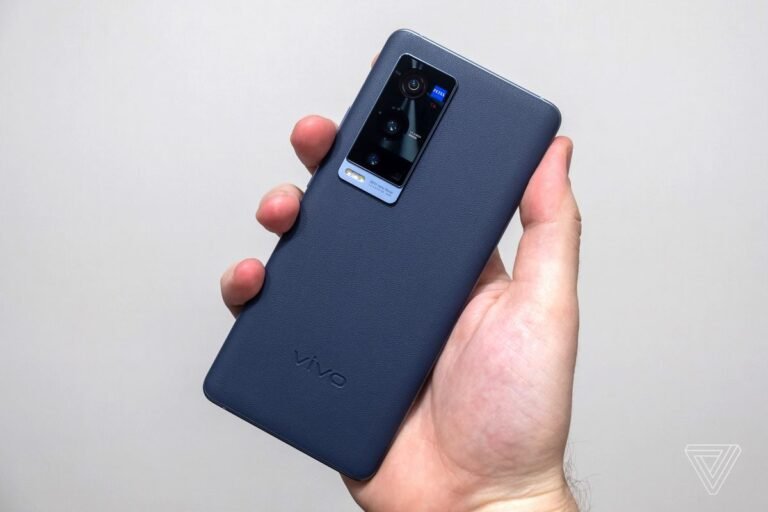Microsoft, Qualcomm Tuck Windows 10 Into ARM Devices
One of the highlights at the current year’s Windows Equipment Engineering Community (WinHEC) occasion in Shenzhen, China, the new association will make it feasible for Windows applications, peripherals and venture answers for keep running on new portable, control proficient and dependably associated cell PCs.
Through the joint effort, the organizations mean to urge equipment accomplices to create Qualcomm Snapdragon-controlled Window 10 gadgets that run x86 Win32 and general Windows applications.
Notwithstanding Microsoft’s own particular profitability applications, for example, Microsoft Office, they could incorporate outsider projects, for example, Adobe Photoshop, and additionally Windows amusements, which are created by various organizations.
The applications would be the same as those intended to keep running on a desktop or portable PC, however they would be completely perfect with cell PCs – implying that versatile clients no more drawn out would have to give up usefulness or components.
Development of the Smartphone
Microsoft generally was unsuccessful in its endeavors to break into the cell phone space with its Windows Phone gadgets. Rather, it has turned toward cell PCs, which will be worked around the x86 code of Windows 10, using the ARM engineering.
The process may not be as simple as actually running the apps directly on the small screen however.
“This continuum would allow you to plug a Windows 10 cellular PC into a dock, where it connects to a PC monitor, keyboard and mouse,” said Ian Fogg, senior director for mobile and telecoms at IHS Markit .
“To date, that experience has been hampered by the fact that x86 apps have had to run on a desktop processor,” he told TechNewsWorld.
“This is suited so that the apps can run on a smartphone.”
That is not to say the user experience will be exactly the same as what one might find when using an actual desktop PC, however.
“The question is how quickly the applications run, and how much additional power they will use,” noted Fogg.
Types of Applications
Office, Photoshop and Windows 10 games all will be compatible.
“Microsoft called out those three because they are widely used — and in the case of Photoshop it is known to benefit from a lot of computing power,” noted Fogg.
“This could be an indicator of how the processor can handle these applications,” he suggested.
“However, the question remains how well it will run. Running something like Photoshop or games at minimum level doesn’t offer the same experience as one might hope to have.”
Game On
Gaming does tend to require serious process power, often even more than Photoshop, but that is just one consideration that will need to be addressed. What hasn’t been explained is how the cellular PC platform will support video or sound.
“Initially, the impact on gaming will be minimal,” said Joost van Dreunen, principal analyst at SuperData Research.
“Qualcomm does not have a strong presence in the gaming market, but the emphasis in the period to come is clearly on improved visuals across the industry,” he told TechNewsWorld. “This year we already saw a big jump in visual processing power for PC gamers, for instance, and a substantial reduction in device power consumption.”
In the longer term,
“porting Win10 to ARM would open the way for a bunch of gaming applications to come across more easily,”

